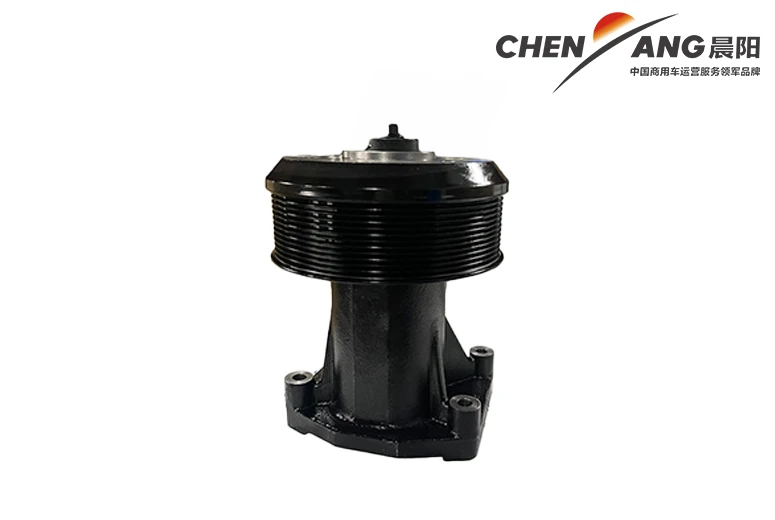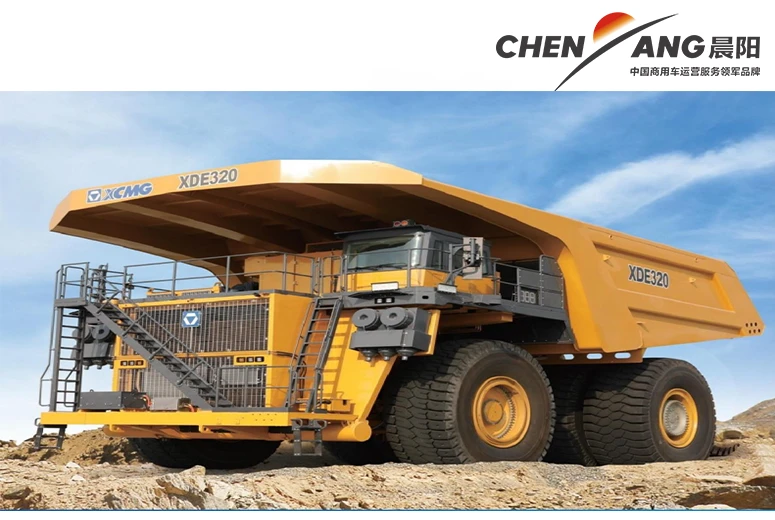New Energy Vehicle Definition China's Eco-Friendly Tech & Innovations
- Understanding the Core Concept: New Energy Vehicle Definition
- Technical Advancements Driving the NEV Revolution
- Market Leaders in the Global NEV Industry
- Tailored Solutions for Commercial and Industrial Needs
- Case Study: NEV Adoption in Urban Logistics
- Policy Support and Infrastructure Development in China
- Future Trends: Redefining Mobility with New Energy Vehicles

(new energy vehicle definition)
Understanding the Core Concept: New Energy Vehicle Definition
The term new energy vehicle (NEV) refers to automobiles powered by non-traditional fuel sources, including electric batteries, hydrogen fuel cells, and hybrid systems. Unlike conventional internal combustion engines, NEVs prioritize energy efficiency and reduced emissions, aligning with global sustainability goals. In China, the new energy vehicle china market has grown exponentially, accounting for 59% of global NEV sales in 2023. Special purpose vehicle definition extends to commercial and industrial applications, such as electric buses or hydrogen-powered trucks, which require customized engineering for heavy-duty operations.
Technical Advancements Driving the NEV Revolution
Modern NEVs leverage breakthroughs in battery technology, such as solid-state batteries offering 500+ mile ranges and 15-minute fast-charging capabilities. Autonomous driving integration and lightweight materials further enhance performance. For instance, Tesla’s 4680 battery cell reduces production costs by 56% while increasing energy density by 16%. These innovations position NEVs as viable replacements for traditional vehicles, particularly in urban environments where emission regulations tighten.
Market Leaders in the Global NEV Industry
| Manufacturer | 2023 Sales (Units) | Key Technology | Market Focus |
|---|---|---|---|
| Tesla | 1,812,576 | Full Self-Driving (FSD) | Global Premium Segment |
| BYD | 3,024,341 | Blade Battery | Mass Market (China & EU) |
| NIO | 160,038 | Battery Swap Stations | Luxury & Subscription Models |
| XPeng | 153,846 | XNGP Autonomous System | Tech-Driven Mid-Range |
Tailored Solutions for Commercial and Industrial Needs
Businesses requiring special purpose vehicle definition compliance benefit from modular NEV platforms. For example, Volvo’s FL Electric truck supports payloads up to 16 tons with a 186-mile range, ideal for last-mile delivery. Customization options include temperature-controlled cargo units or reinforced frames for construction sites. Fleet operators report 34% lower maintenance costs compared to diesel equivalents, according to a 2023 Frost & Sullivan study.
Case Study: NEV Adoption in Urban Logistics
Shenzhen’s municipal government replaced 22,000 diesel trucks with NEVs, cutting CO2 emissions by 1.2 million tons annually. Companies like SF Express utilize 8,000 electric vans, achieving a 27% reduction in per-package delivery costs. Charging infrastructure partnerships, such as CATL’s battery-as-a-service program, enable 24/7 operational uptime for logistics fleets.
Policy Support and Infrastructure Development in China
China’s NEV subsidies and license plate incentives drove a 38% YoY sales increase in Q1 2024. The government mandates that 40% of all public vehicles be electric by 2025, with 800,000 charging stations installed nationwide. Joint ventures like BMW-Brilliance’s $2.7 billion NEV plant highlight the strategic importance of the new energy vehicle china sector in global supply chains.
Future Trends: Redefining Mobility with New Energy Vehicles
The new energy vehicle definition
will expand to include AI-optimized energy management and vehicle-to-grid (V2G) systems by 2030. Analysts project that 65% of new cars sold in China will be NEVs by 2035, fundamentally transforming urban transportation ecosystems. As battery recycling efficiency reaches 98%, the circular economy model ensures NEVs remain environmentally viable across their lifecycle.

(new energy vehicle definition)
FAQS on new energy vehicle definition
Q: What is the definition of a new energy vehicle (NEV)?
A: A new energy vehicle (NEV) refers to vehicles powered by non-traditional fuels, such as electric batteries, hydrogen fuel cells, or hybrid systems. These vehicles aim to reduce reliance on fossil fuels and lower emissions. Examples include battery electric vehicles (BEVs) and plug-in hybrids (PHEVs).
Q: How is a special purpose vehicle defined?
A: A special purpose vehicle (SPV) is designed for specific tasks, such as construction, emergency services, or industrial operations. Unlike standard passenger vehicles, SPVs often have customized features for niche applications. They may include utility trucks, ambulances, or agricultural machinery.
Q: How does China define new energy vehicles?
A: In China, NEVs include battery electric vehicles (BEVs), plug-in hybrids (PHEVs), and fuel cell vehicles (FCEVs). The classification aligns with government policies to promote clean energy and reduce pollution. Subsidies and regulations prioritize these categories to boost adoption.
Q: Are new energy vehicles considered special purpose vehicles?
A: NEVs are not inherently SPVs unless designed for specialized functions. For example, an electric delivery van could qualify as both an NEV and an SPV. Most NEVs, however, are consumer-focused passenger cars.
Q: What standards determine a vehicle’s NEV status in China?
A: China’s NEV standards require vehicles to use approved clean energy technologies, such as electric or hydrogen power. Eligibility depends on factors like energy efficiency, emissions, and range. Government certifications and subsidies are tied to these criteria.
-
SINOTRUK HOWO 84 Electric Dump Truck for Eco-Friendly Heavy HaulingNewsJul.26,2025
-
The Fast 16-Gear Manual Transmission Assembly for Heavy TrucksNewsJul.25,2025
-
Mercedes Benz Actros 1848 42 Tractor Truck for Sale - Reliable PerformanceNewsJul.24,2025
-
High-Quality Water Pump Assembly for Sinotruk Trucks – Durable & ReliableNewsJul.23,2025
-
Premium Truck Engine Antifreeze Coolant Fluid for Heavy Duty VehiclesNewsJul.22,2025
-
FOTON View G7 Mini Bus: Affordable & Spacious TransportNewsJul.22,2025
Popular products

























